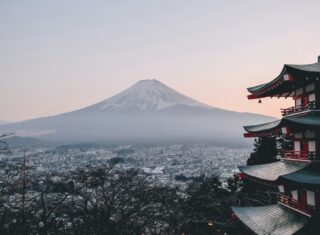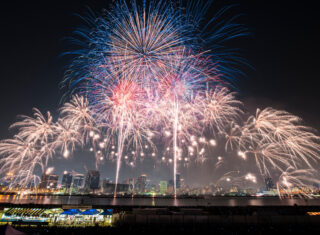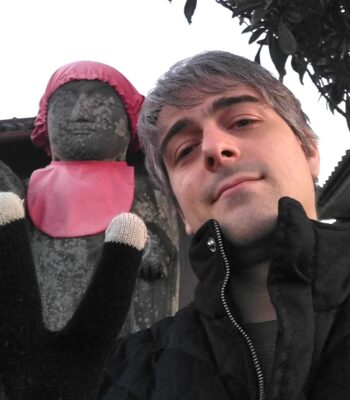- Learning Japanese
What’s the Best Season to Visit Japan? A Month-by-Month Guide to Highlights and Top Travel Spots
2025.06.23
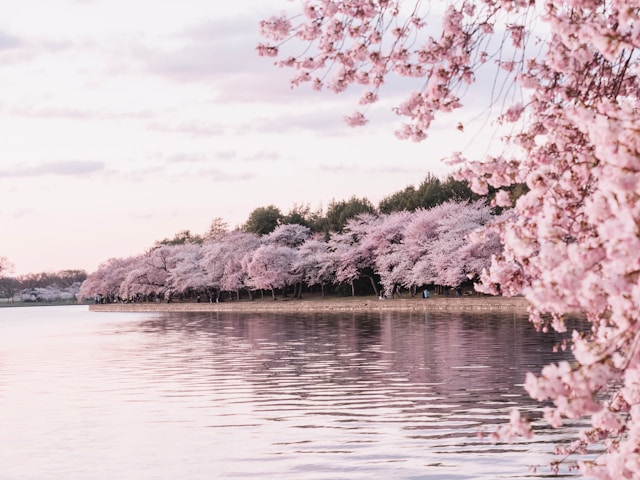
If you’ve ever wondered, “When’s the best time to visit Japan?”, you’re not alone.
When planning a trip to Japan, it makes sense to choose a time of year with pleasant weather, uniquely Japanese seasonal events, or breathtaking scenery.
In this article, we’ll explore the best times of year to visit Japan, along with the unique charm of each month and recommended travel destinations.
From cherry blossoms to autumn foliage—and so much more—you’ll discover what makes each season in Japan special!
So, When Is the Best Time to Visit Japan?
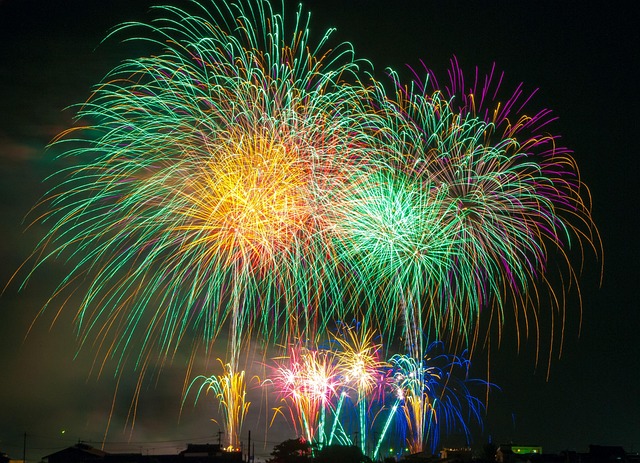
Generally, the best times to visit Japan fall into the following three categories:
- For pleasant weather and scenic beauty: Late March to Late April, or September to November
- For summer festivals and fireworks: July to September
- For magical winter scenery and hot springs: December to February
Let’s take a closer look at what makes each of these seasons special.
For Pleasant Weather and Scenic Beauty: Late March to Late April & September to November
From late March to late April, Japan enjoys calm, comfortable spring weather. It’s also the season of hanami, or cherry blossom viewing, when the air is filled with the soft scent and delicate beauty of sakura—making it one of the very best times to visit.
Likewise, September to November offers cooler weather after the heat of summer, making travel more enjoyable. During this period, vibrant autumn foliage in hues of red, yellow, and orange transforms landscapes across the country into spectacular natural canvases.
For Summer Festivals and Fireworks: July to September
Between July and September, Japan comes alive with summer festivals and fireworks displays held all over the country. These lively events offer a chance to enjoy festive foods like kakigōri (shaved ice) and watch traditional bon odori dances under lantern-lit skies.
The fireworks that light up the summer night sky are absolutely breathtaking—and if you wear a yukata (summer kimono), you’ll get to fully experience the joyful spirit of a traditional Japanese summer.
For Magical Winter Scenery and Hot Springs: December to February
From December to February, you can enjoy Japan’s enchanting winter landscapes, festive illuminations, and relaxing hot springs.
All across the country, you’ll find artistic displays made of ice and snow, as well as beautifully lit illuminations that create a dreamy winter atmosphere. And in Japan’s hot spring towns, you can soak in an open-air bath while gazing out at snow-covered scenery—an unforgettable experience known as yukimi-buro (snow-viewing bath).
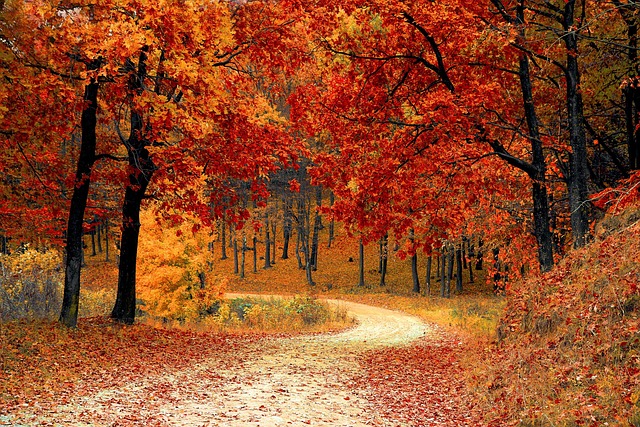
[January] Experience Japan’s Snow Festivals
From January through February, snow festivals are held across Japan, where you can enjoy wintertime traditions like kamakura (snow huts), snow monsters, ice sculptures, and snow statues.
These festivals are especially magical at night, when lanterns, candle-lit balloons, and other lights illuminate the snowy landscapes, creating an ethereal and heartwarming atmosphere.
A particularly famous example is the Zao Snow Monster Festival, where you can witness the stunning light-up of the juhyō (snow-covered trees), which has been officially recognized as part of Japan’s Nightscape Heritage.
[February] Enjoy Breathtaking Winter Landscapes
February is the perfect time to soak in Japan’s beautiful snow-covered scenery.
In Hokkaido, you can visit the Shirogane Blue Pond, where the vibrant blue water is dusted with silvery snow, or take in the romantic, gaslamp-lit atmosphere of Otaru Canal.
Other recommended winter destinations include Ginzan Onsen in Yamagata, where wooden inns line snowy streets in a fairytale setting, and Amanohashidate in Kyoto, where snow delicately clings to pine needles—creating a surreal view known as the “phantom snow dragon.”
[March] Plum Blossoms and Rapeseed Flowers in Bloom
March is a graceful transition into spring, when soft pink and white plum blossoms begin to bloom, along with brilliant fields of yellow rapeseed flowers carpeting the countryside.
Notable viewing spots include Inabe Agricultural Park in Mie Prefecture, where plum blossoms bloom against the backdrop of the Suzuka Mountains, and Cape Irago in Aichi Prefecture, where over 10 million rapeseed flowers create a jaw-dropping sea of yellow.
[April] Peak Cherry Blossom Season
April is the height of cherry blossom season, when Japan’s beloved tradition of hanami (flower viewing) brings crowds to famous parks and historic sites.
Top cherry blossom spots include Goryokaku Fort in Hokkaido, where around 1,500 sakura trees bloom around a star-shaped fortress, and Nicchusen Weeping Cherry Blossom Avenue in Fukushima, where about 1,000 drooping cherry trees line a former railway track—with a nostalgic steam locomotive passing through the scene.
Now that we live in Japan, Julian makes it a point to take me every year to see the cherry blossoms. Cherry blossom season is a great time to relax, gaze at the beautiful trees, and tour around local mom and pop shops to have local treats and tasty Japanese street food. One of the best ways to relax on the weekend!
[May] Bask in the Beauty of Fresh Greenery
In May, Japan is wrapped in the vibrant green of new growth, making it an ideal time to enjoy serene and refreshing natural landscapes.
Top spots include Oirase Gorge in Aomori, where crystal-clear streams flow through a forest of fresh spring greens, and Akiyoshidai Plateau in Yamaguchi, where vast fields of greenery stretch across dramatic white limestone formations—both offering unforgettable spring scenery.
[June] Enjoy the Mysterious Beauty of Moss-Covered Forests
June is the season of lush, mossy green landscapes, where the forest floor comes alive in a soft, mysterious glow.
At Shiratani Unsuikyo on Yakushima Island—also home to the famous Jomon Cedar—you’ll witness massive trees and boulders blanketed in deep green moss. In Kyoto, Saiho-ji (Koke-dera) offers a breathtaking moss garden, with over 120 different species creating a living green carpet beneath your feet.
[July] Wind Chime and Star Festivals
In July, Japan hosts enchanting festivals that capture the gentle side of summer: the Wind Chime Festivals, where delicate chimes sway and sing in the breeze, and the Tanabata (Star) Festivals, where wishes written on paper strips are hung on bamboo branches.
Popular events include the Gosen Hachiman Shrine Wind Chime Festival in Niigata, featuring around 5,000 colorful chimes, and the Shonan Hiratsuka Tanabata Festival in Kanagawa, where massive bamboo decorations light up shopping streets in a celebration of hopes and dreams.
[August] Fireworks That Light Up the Summer Sky
August is peak fireworks season in Japan, with dazzling displays held throughout the country. Crafted with precision and tradition, Japanese fireworks deliver an unforgettable blend of color, sound, and emotion.
Two of the most iconic events are Tokyo’s Sumida River Fireworks Festival, where fireworks illuminate the sky beside the Tokyo Skytree, and Nagano’s Lake Suwa Fireworks Festival, where a jaw-dropping 40,000 fireworks are launched over the water.
Japanese fireworks are truly incredible, so if you happen to come to Japan during August, be sure to check them out! Julian and I happen to be big fans of Hakata fireworks, close to my hometown in Kyushu 🙂.
★Also try reading:
Introduction to Japan's Top 3 Festivals and 11 Famous Festivals Across the Country
[September] Enjoy Fruit Picking in Comfortable Weather
September brings mild, pleasant weather, making it an ideal time to enjoy fruit picking—a popular seasonal activity where you can savor freshly harvested fruit straight from the orchard.
Some of the best-known fruit-picking experiences in Japan include grape picking in Yamagata and Nagano, pear picking in Chiba and Yamanashi, and apple picking in Aomori and Nagano.
[October] Savor the Flavors of Fall
One of the greatest joys of visiting Japan in October is indulging in the flavors of autumn, when many seasonal ingredients reach their peak.
From the sea, specialties like Pacific saury from Hokkaido, autumn mackerel from Ibaraki, and spiny lobster from Mie take center stage. From the mountains and fields, you’ll find burdock root from Aomori, sweet potatoes from Kagoshima, and freshly harvested rice from Niigata. One of my absolute favorite fall foods is persimmon; so so good! Especially after a long hard day of work, one of my favorite things do to in the fall is sit down after dinner, and slowly enjoy fresh persimmon as my dessert to relax. Japanese persimmon is truly unique and delicious, and quite hard to find something like it outside of Japan.
If you're in Japan during this time, be sure to sample these delicious regional harvests!
[November] Stroll Beneath Autumn Leaves and Clear Blue Skies
In November, fall foliage peaks across Japan, painting the landscape in brilliant shades of red, gold, and amber—perfect for a peaceful momijigari (autumn leaf viewing) stroll beneath crisp blue skies.
Must-visit spots include the Momiji Corridor at Lake Kawaguchi in Yamanashi, where towering maple trees form a 350-meter tunnel of color, and Arashiyama in Kyoto, where you can enjoy fiery leaves alongside historic sites like Togetsukyo Bridge and Tenryu-ji Temple.
Arashiyama and Tenryu-ji are one of my favorite places in Kyoto. The old paddle boats steered by men in traditional straw hats and Jinbei on the river, the silence with the autumn leaves, and the tranquility of the temple. I make sure to visit every time I go to Kyoto, and every time it makes me feel at peace to be there.
★Also try reading:
14 Historic Landmarks to Visit During Your Trip to Japan
[December] Dive into a World of Dazzling Winter Illuminations
If you’re visiting Japan in December, don’t miss the chance to experience its magical winter illuminations.
Japan’s light displays are known for their massive scale and dreamlike atmosphere—turning parks, gardens, and cityscapes into glowing wonderlands that feel straight out of a fairytale.
For example, Huis Ten Bosch in Nagasaki features one of the world’s largest illumination events, while Ashikaga Flower Park in Tochigi transforms into a wisteria-colored world of cascading light.
Summary: Planning the Best Time to Visit Japan

If you're thinking about visiting Japan, consider using this article as a guide—whether you're after comfortable weather, exciting festivals, or seasonal beauty, there’s a perfect time for everyone.
Keep in mind that certain times of year—like New Year’s (late December to early January), Golden Week (late April to early May), and Obon (mid-August)—can be especially crowded. Also, typhoon season in August and September may impact travel, so be sure to check the forecast as you plan.
And if you’re thinking, “Since I’m going all the way to Japan, why not learn some Japanese I can actually use while I’m there?”—why not take a lesson at Oku Sensei’s Japanese?
With over 20 years of teaching experience, Oku Sensei provides full support tailored to each student’s needs—so even if you’re worried Japanese might be hard, you'll be in good hands and can enjoy the journey.
Right now, you can also take advantage of a free 30-minute consultation, so be sure to check it out!




